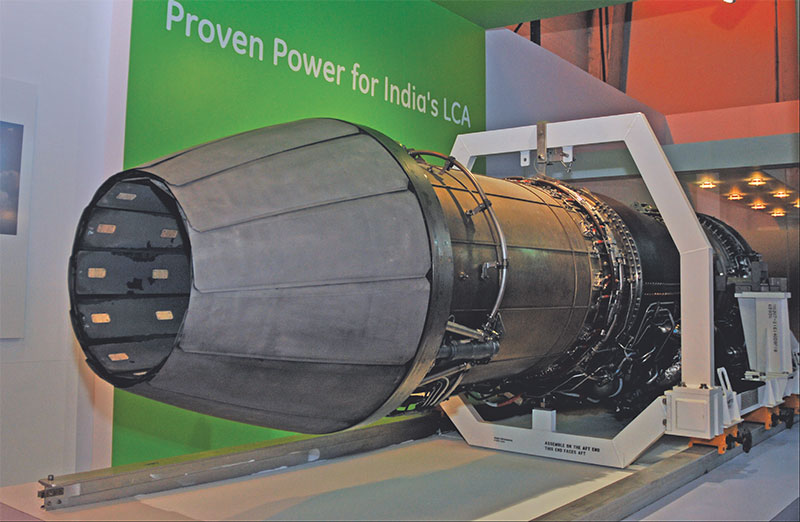India should focus on making its own state-of-the-art turbo jet engines
Rohan Ramesh
Most modern fighters have turbo jet engines, which are a generation ahead of the piston engines. Earlier, piston engines drove the propellers which would displace air towards the rear of the aircraft, propelling it forward. The higher the revolutions, the faster the speed of the aircraft.

It was during World War II, when the combatant air forces wanted faster fighters that the limitations of piston engines became apparent. At speeds close to the speed of sound, the performance of the propellers remained constant and dropped, and enhancement of speeds was almost impossible. That problem begged for a solution and the answer was the development of turbo engines. Since then, growth of faster and more manoeuvrable supersonic aircraft has depended on developing turbo engines with greater thrust, vectoring, and of course, tweaking of the design of the airframe.
Piston engines continue to be used, mainly in lighter aircraft, turbo engines in high performance aircraft, and now, electric engines in micro aircraft, such as the UAVs. Developers are now looking at other options such as rocket-powered engines that use not the usual aviation fuel but rocket fuels. Virtually all aircraft majors are trying out scramjet engines based on the air-breathing propulsion concepts. A more radical concept is the plasma engine that seeks to use electricity to create electromagnetic fields, compress air or inert gases to create a hot, dense cloud of plasma that would propel the aircraft at speeds unimagined before.
But these are in the realms of future. Right now, realistically, turbo jet engines will continue to rule the roost. The engine makers’ challenge right now is to make that high-performance power plant that is as small and light as possible, is majorly fuel efficient, has little emission and emission signature, and of course, also noiseless. These challenges are critical, not only to make the fighter go farther, and provide it with stealth properties, but also to meet the increasing global concerns about pollution from aircraft.
Engines, as said earlier, is the heart of a jet fighter. It can make or mar a fighter, as Indian aircraft developers found to their chagrin when they were developing the HF-24 Marut. The development of the otherwise sleek aircraft floundered on the lack of a powerful enough power plant, and finally, gave up the ghost.
The same problem plagues the LCA Tejas which is being powered by imported engines (GE-404 and GE-414). The lack of an indigenously developed engine has been at the heart of the LCA Tejas rigmarole from the very beginning.
The Kaveri engine is a project that has been plagued with pitfalls. It was earlier reported that the Defence Research and Development Organisation (DRDO) is closing down the Kaveri engine development programme. While there is no confirmation of the report which circulated during Aero India 2019 show, it brings to light the DRDO’s flip-flop on engine development.
According to the DRDO website the, “Kaveri Engine is a technologically complex and vital system for the LCA as well as its future variants. It incorporates state-of-the-art technologies and provides the required thrust for indigenous competence in this critical area.”
The success of the AMCA programme is critically dependent on the development of Kaveri GTRE35vs, as the power plant is the heart of any flying platform, leave alone a modern fighter.
The import of GE 414 is no answer to LCA’s engine requirement, unless it involves full technology transfer, which is unrealistic. The LCA, given its design, needs a very powerful engine. Imports are costly and dependence on suppliers is unadvisable.
Let us take a look at the engines used by frontline fighter aircraft in the Indian Air Force (IAF).
You must be logged in to view this content.

